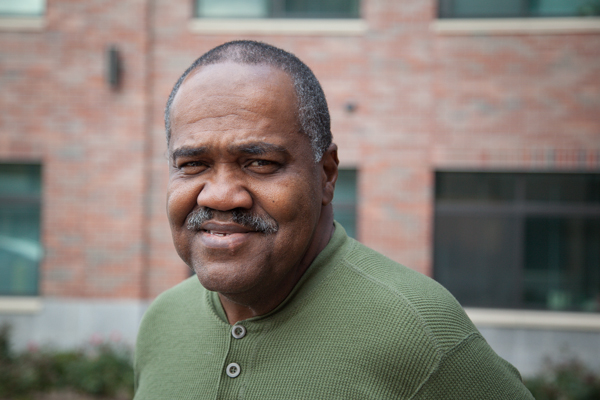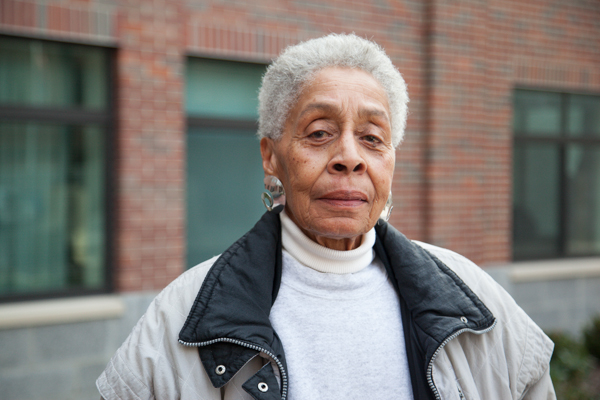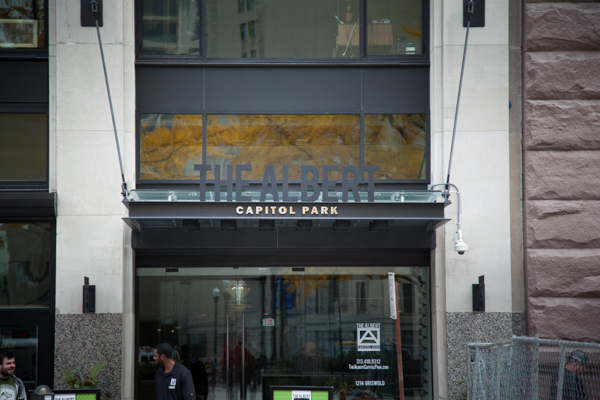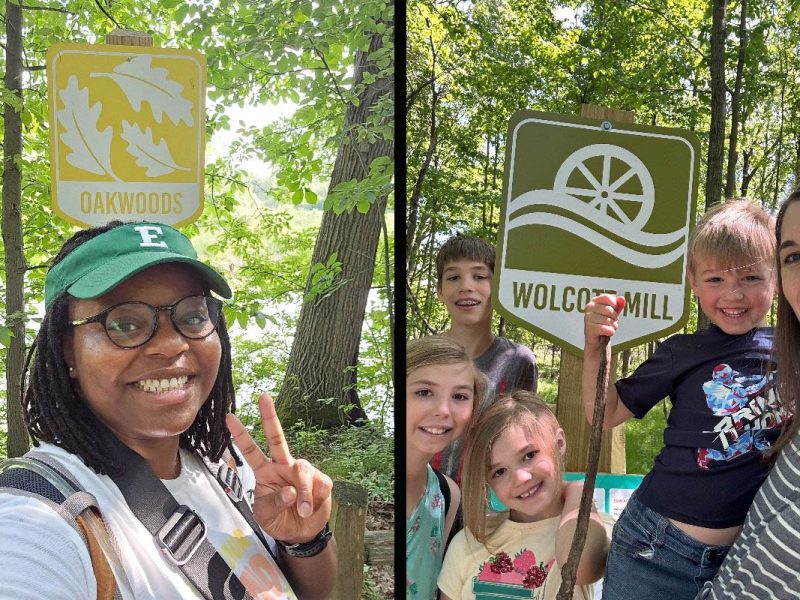As a senior housing crisis develops in Detroit, advocates are offering solutions
The development boom happening in downtown and Midtown Detroit comes at a cost for some of the city's most vulnerable residents, senior citizens. Senior housing advocates, however, are exploring solutions to this crisis.
Thirty years ago, the owners of the Griswold Building in Capitol Park and several other apartment buildings saw an opportunity to create revenue during the city’s long economic decline. They signed long-term federal contracts, offering fixed, subsidized rent for low income seniors. Apartment owners made the best of their situation, waiting patiently for something to change.
Apparently, it has. The Griswold has become “The Albert,” and 115 seniors who were living there have been forced by developers to find new accommodations. A coalition of agencies advocating on their behalf, Senior Housing Preservation Detroit, has formed under the auspices of the Luella Hannon Memorial Foundation. The group has since found that as many as 2,000 seniors in the Downtown/Midtown area are at risk of the same fate as those who lived in The Griswold.

The displacement of seniors is new to Detroit, says Diane Smith, national development manager for CSI Support and Development, a nonprofit that develops affordable rental properties in Detroit. A member of the coalition, Smith is working on a housing preservation strategy that has been effective in other states.
“A healthy community, no matter the size, contains a broad mix of income and broad mix of ages,” says Smith. “If you have all younger people, that’s not healthy. If you have all older people, that’s not healthy. You need a nice mix of ages. That’s what creates a healthy community.”
Detroit, she says, could ensure that senior living is compatible with the push for market rate housing targeted to young professionals. “It takes forethought and it takes planning, identifying what the existing (housing) stock is. There are ways to incentivize how some groups could develop strictly senior housing.” One method is through “inclusionary zoning.”
Another strategy is to preserve buildings currently housing seniors but whose contracts are due to expire. According to an issue brief written by Tim Wintermute, executive director of the Hannan Foundation, there essentially are three options in this strategy:
– Retain some of the units covered by the project and transfer the remainder to one or more newly constructed or rehabilitated buildings.
– Transfer the entire project contract and corresponding rent subsidies for all of the units to a newly constructed or rehabilitated building.
In an article entitled “Why seniors are moving to the urban core and why it’s good for everyone,” Taz Loomans writes about a new generation of boomer seniors want to live in cities.
“In cities,” says Loomans, “seniors who don’t drive have many options to get around. If they live in a walkable urban core, they can walk to the grocery store, bank, park or clinic, meeting their daily needs and at the same time getting exercise.”
While affluent empty nesters may find the evolving urbanity of Detroit attractive, the question remains whether less affluent older adults will find a place as well.

Presbyterian Villages of Michigan (PVM), another nonprofit which has developed affordable senior housing in Detroit, together with United Methodist Retirement Communites, was able to finance the development of Rivertown Neighborhood in the midst of the last recession. Financing was not only scarce, there was concern by some that low income senior housing may cast a pall on the residential development on the East Riverfront, recalls Roger Myers, PVM president.
“When we were working on Rivertown, after we received the $2 million grant from the Community Foundation, there was a lot of support for moving it forward, then it kind of stalled,” he says. Some influential people felt that Rivertown Neighborhood was not “a good complementary use of land.” Nestled immediately east of Stroh River Place apartment complex, north of the UAW/GM Human Resources Building, and west of Harbortown, the apartment/assisted living complex is a model for how senior living can mesh with a post-industrial urban neighborhood. The development was an immediate success, and its apartment building, which opened Oct. 17, was fully rented within three hours.

Rivertown Neighborhood “may be the last of its kind in the country,” Myers says. The HUD Section 202 program, which helps funds senior housing, has been discontinued. “Congress over the past several years has not funded any new construction at a time when the demographics of the country, when the baby boomers are aging, the demand is greater than it’s ever been.”
Myers doesn’t want to dampen the development of urban Detroit, but he and others want city planners to appreciate that demand for senior housing exists. “In the enthusiasm to draw the creative class or young entrepreneurs,” what’s not been included is Boomers “who are still vital and regardless of their income they’re contributing to the community… just at point when great stuff is happening like the M-1 Rail.”
Intergenerational developments are occurring in urban areas throughout the country, according to “Connectivity: Integrating Seniors into the Community.” The article cites Armstrong Place Senior Housing in San Francisco, which offers low-income senior apartments, along with market-rate units and local retailers, in proximity to the city’s new mass transit rail line.
While advocates work to preserve housing, Community Connections, a collaboration between PVM, the Hannan Foundation, and other senior service agencies, is creating a virtual community of seniors living in Midtown through online and social incentives that connect people to community venues.
Connectivity on broad scale is a preservation strategy advocated by Mary E. Byrnes, Ph.D., assistant professor of Sociology at Marygrove College. She believes that seniors need to organize in their buildings and with other seniors in the community to have a collective voice in the urban agenda.
“Ultimately, they should be creating the solutions from within. How do they want to live? How do they want their housing to look like?” Her research of seniors living in a Midtown apartment confirms that seniors want to live in the urban core of Detroit. “There are a lot of people who are very much attached this city and to urban life. One of the biggest findings of my research is that seniors inside the building felt they were part of urban culture.”
Detroit, Myers believes, is “on the brink of being intentional” regarding the inclusion of seniors. He says elected officials are realizing that there is value to having seniors in the downtown/Midtown area. “Even with low income, the discretionary income of older people is greater, on a percentage basis, than people in middle age and younger. They can contribute as volunteers or in other ways for the benefit of the community…It’s not pitting younger people against older people, or vice-versa. It’s complementary; how can they be supportive of one-another? That vision isn’t in place, but I don’t think there’s a wall that’s keeping it from happening.
“I think that once the vision is expressed… there will be an endorsement that we value folks in their sixties and seventies. It’s not like they’ve been devalued… they’ve been cloaked. And now the cloak is off.”
—
Dennis Archambault is a Detroit-based freelance writer and a member of Senior Housing Preservation Detroit.
All photos by Marvin Shaouni.
This story is a part of Issue Media Group’s placemaking series underwritten by the Michigan State Housing and Development Agency.











